
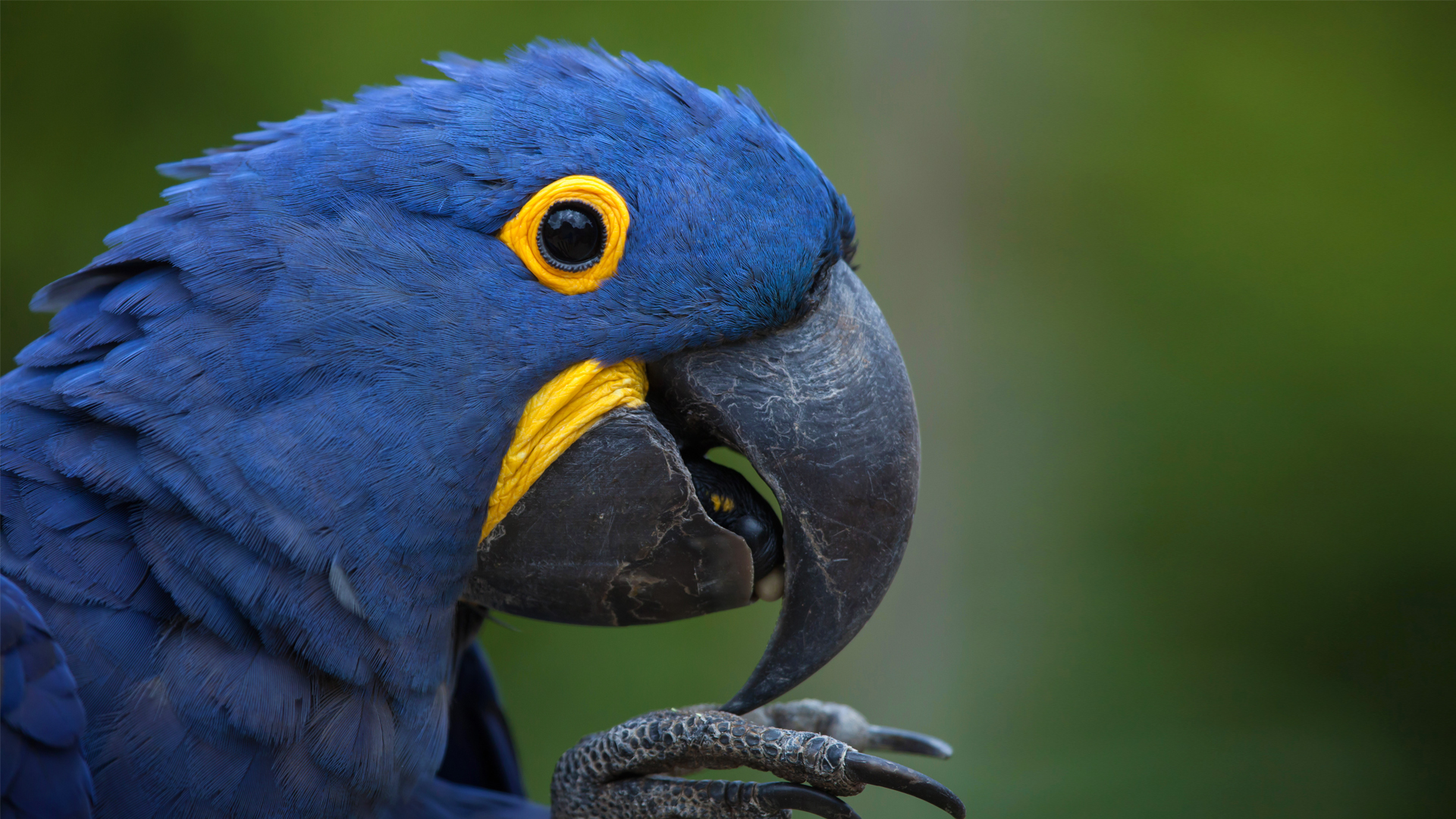
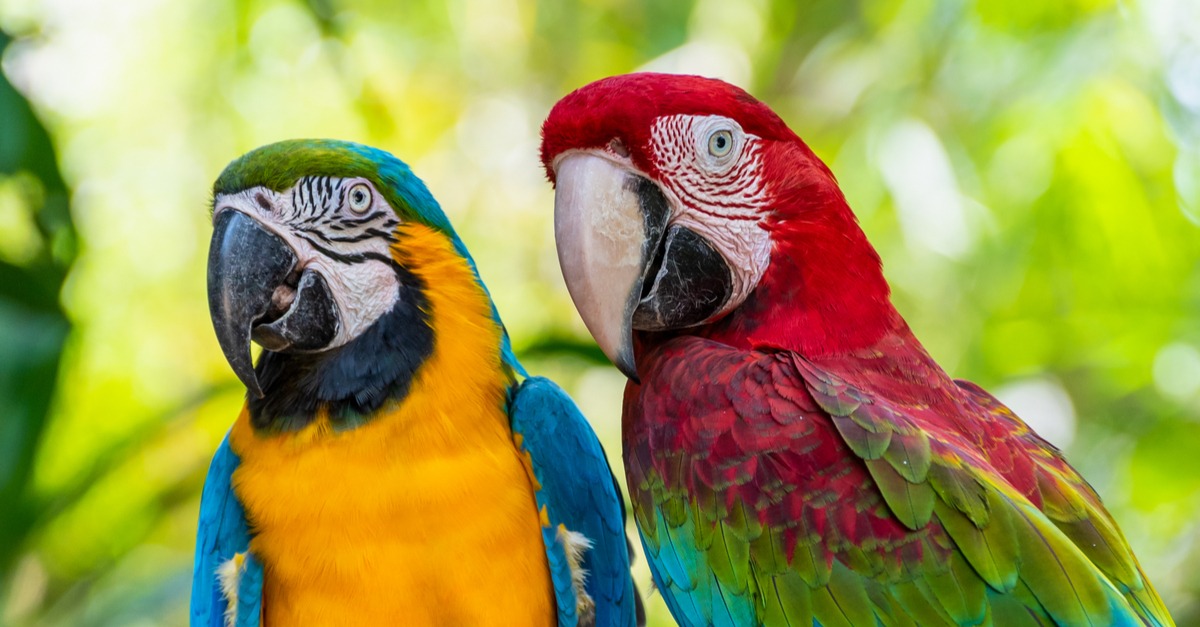
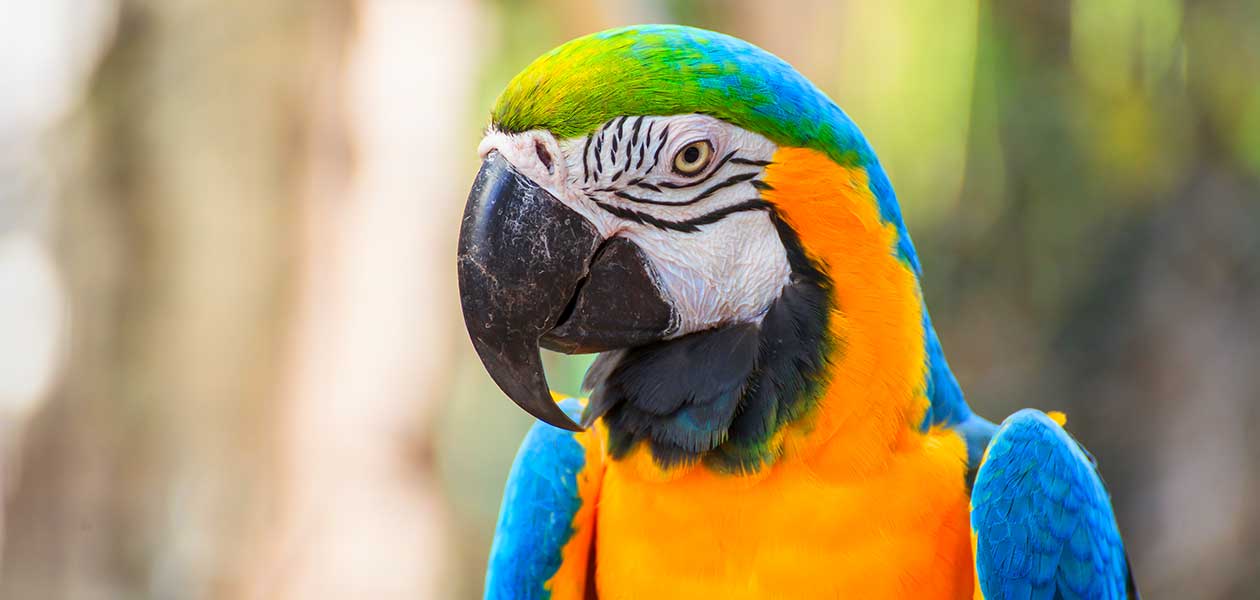
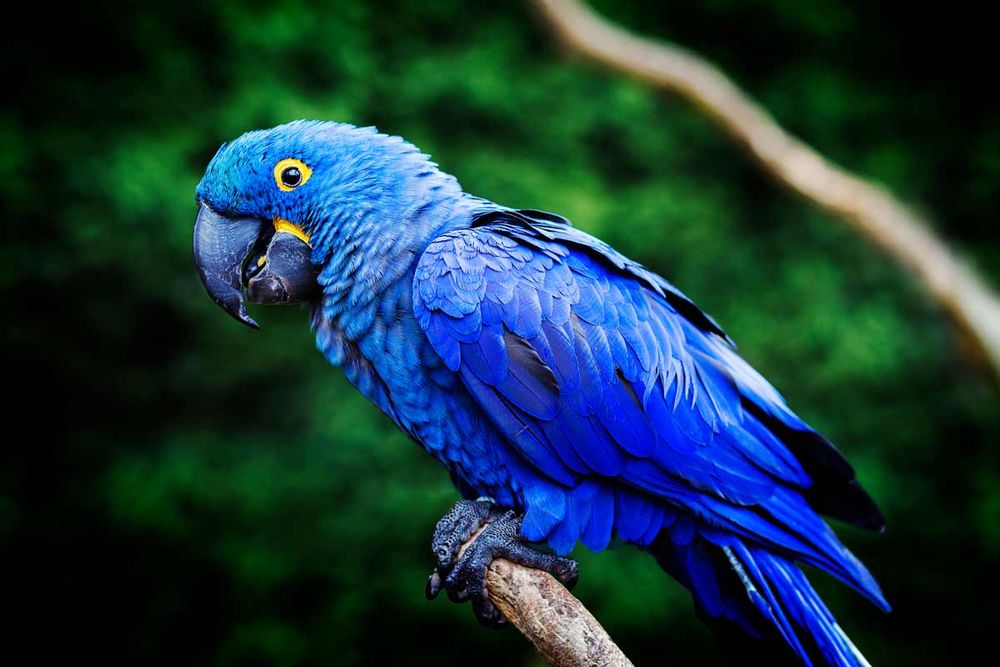
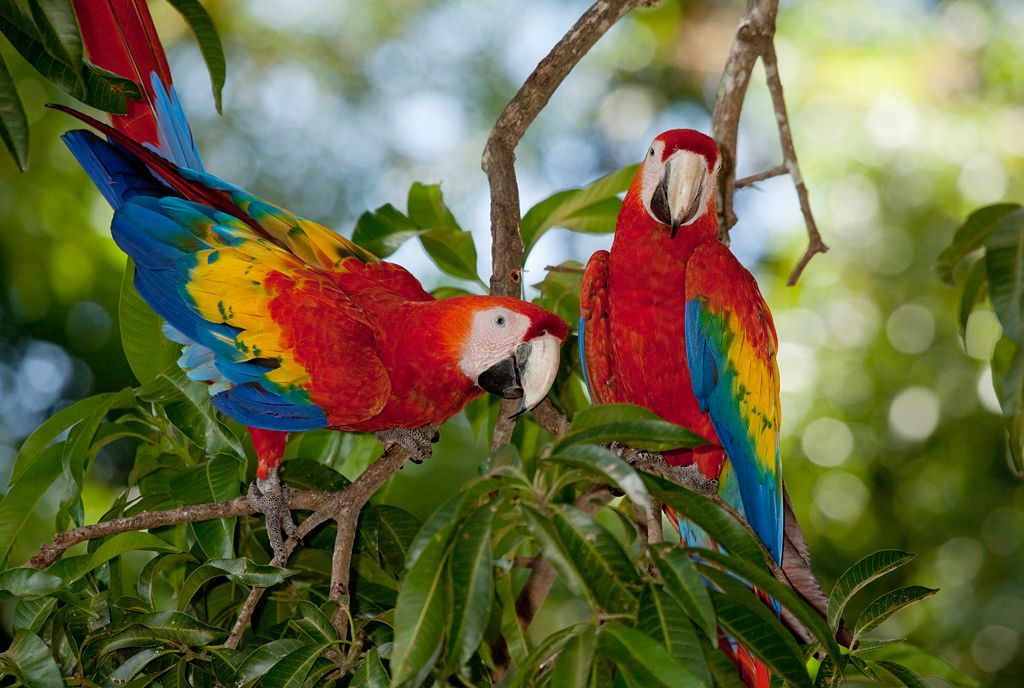
 One of the outstanding natural sights in Mexico and Central and South America is a large flock of colorful macaws |
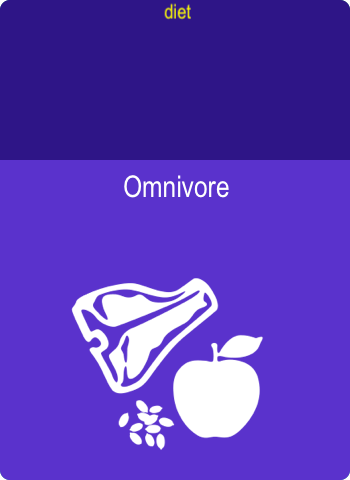 Macaws eat a variety of ripe and unripe fruits, nuts and seeds, flowers, leaves, and stems of plants, and sources of protein like insects and snails |

|
Their colorful plumage, large size, and ability to talk have made them "show birds" and "attention getters" around the world. Unfortunately, trapping for the pet trade is a major factor in macaw population declines. Chicks can often bring in thousands of dollars from collectors to the trappers, giving them incentive to continue this practice.
bursting up from the forest canopy in flight. Macaws live in pairs, family groups, or flocks of 10 to 30, which helps give them protection from predators like large snakes and birds of prey. They usually wake before dawn, preening their feathers and calling to one another, perhaps communicating where they are and what they plan to do next. Then, as a group, they fly up out of the trees to journey to the day's feeding grounds, often traveling quite a long distance to a grove of trees with ripe fruit.
The red-fronted macaw can fly as fast as to 40 miles (60 kilometers) per hour.
The hyacinth macaw has a wingspan of more than 4 feet (127 centimeters).
A macaw's beak is so strong it can easily crush a whole Brazil nut-or a person's knuckle.
A macaw's tongue is dry, slightly scaly, and has a bone inside it, which make it an excellent tool for breaking open and eating food.